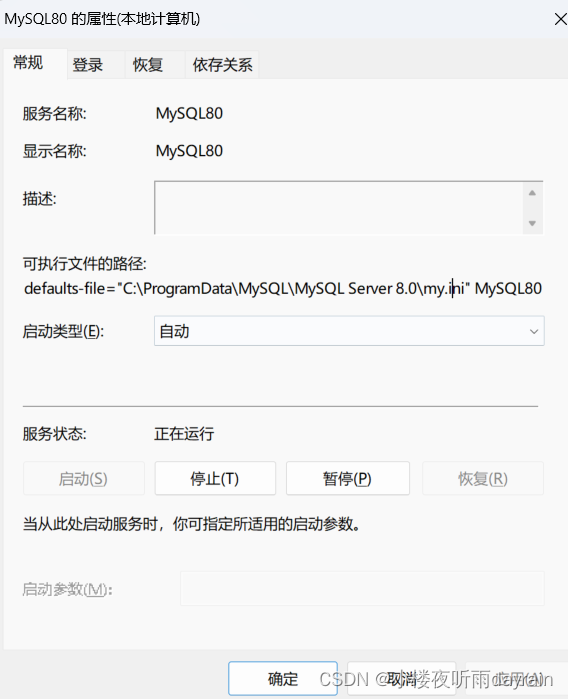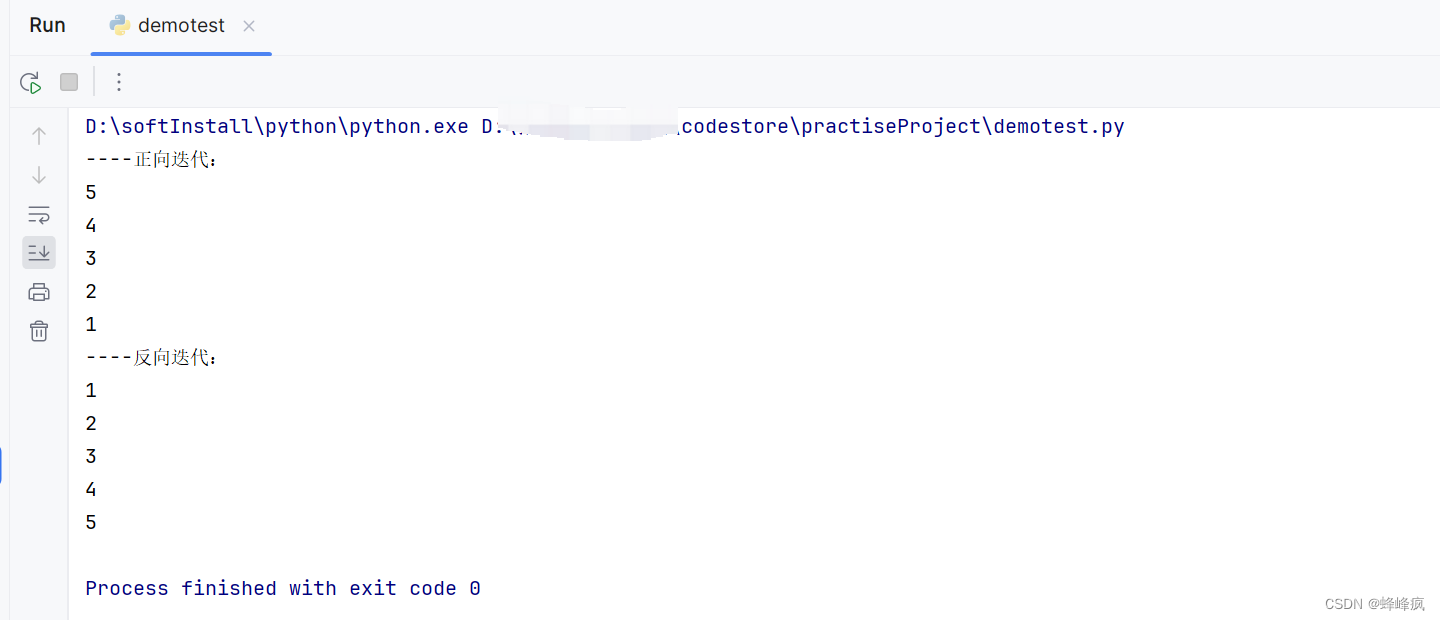C++下Protobuf简单学习
Protobuf(Protocol Buffers)协议是一种由 Google 开发的高效的、跨语言的、平台无关的数据序列化协议,提供二进制序列化格式和相关的技术,它用于高效地序列化和反序列化结构化数据,通常用于网络通信、数据存储等场景。
Protobuf 在许多领域都得到了广泛应用,特别是在分布式系统、RPC(Remote Procedure Call)框架和数据存储中,它提供了一种高效、简洁和可扩展的方式来序列化和交换数据,Protobuf 的主要优点包括:
- 高效性:Protobuf 序列化后的二进制数据通常比其他序列化格式(比如超级常用的JSON)更小,并且序列化和反序列化的速度更快,这对于性能敏感的应用非常有益。
- 简洁性:Protobuf 使用一种定义消息格式的语法,它允许定义字段类型、顺序和规则(消息结构更加清晰和简洁)
- 版本兼容性:Protobuf 支持向前和向后兼容的版本控制,使得在消息格式发生变化时可以更容易地处理不同版本的通信。
- 语言无关性:Protobuf 定义的消息格式可以在多种编程语言中使用,这有助于跨语言的通信和数据交换(截至本文发布目前官方支持的有C++/C#/Dart/Go/Java/Kotlin/python)
- 自动生成代码:Protobuf 通常与相应的工具一起使用,可以自动生成代码,包括序列化/反序列化代码和相关的类(减少了手动编写代码的工作量,提高效率)
消息定义
Protocol Buffer 消息message和服务service由程序员编写的 .proto 文件描述。下面显示了一个示例 消息:
syntax = "proto2"; // 指定正在使用proto2语法
message Person {
optional string name = 1;
optional int32 id = 2;
optional string email = 3;
}
然后执行下列命令进行编译:
protoc --cpp_out=. person.proto
protoc 编译器对 .proto 文件进行处理,会生成两个文件:person.pb.h 和 person.pb.cc,以操作相应的 protocol buffer。其中.proto文件中的每一个消息有一个对应的类。
.proto文件中的类型和各个语言中的类型匹配:

服务定义
如果想要将消息类型用在RPC(远程方法调用)系统中,可以在.proto文件中定义一个RPC服务接口,protocol buffer 编译器将会根据所选择的不同语言生成服务接口代码及存根。
例如,想要定义一个RPC服务并具有一个Search方法,该方法能够接收 SearchRequest并返回一个SearchResponse,此时可以在.proto文件中进行如下定义:
syntax = "proto3";
message SearchRequest {
string query = 1;
}
message SearchResponse {
string result = 1;
}
service SearchService {
//rpc 服务的函数名 (传入参数)返回(返回参数)
rpc Search (SearchRequest) returns (SearchResponse);
}
对该.proto文件编译,会得到一个.pb.h和一个.pb.cc文件,包含SearchService类和SearchService_stub类。
SearchService类 —— 所定义的一个服务类
SearchService类继承于google::protobuf::Service类,是一个服务器端实现RPC服务的类****(因此这个过程就是程序员在.proto中定义了服务、服务方法以及服务方法需要传入的参数、返回的参数,然后通过解析将其转换成具体的语言代码形成一个服务类,类中定义了方法和调用这个方法的接口),源码大致如下:
class SearchSerive_Stub;
class SearchService : public ::google::protobuf::Service {
public:
SearchService();
virtual ~SearchService();
SearchService(const SearchService&) = delete;
SearchService& operator=(const SearchService&) = delete;
typedef SearchService_Stub Stub;
static const ::google::protobuf::ServiceDescriptor* descriptor();
virtual const ::google::protobuf::ServiceDescriptor* GetDescriptor() const;
virtual void Search(::google::protobuf::RpcController* controller,
const ::search::SearchRequest* request,
::search::SearchResponse* response,
::google::protobuf::Closure* done);
// implements Service ----------------------------------------------
const ::google::protobuf::Message& GetRequestPrototype(
const ::google::protobuf::MethodDescriptor* method) const override;
const ::google::protobuf::Message& GetResponsePrototype(
const ::google::protobuf::MethodDescriptor* method) const override;
void CallMethod(const ::google::protobuf::MethodDescriptor* method,
::google::protobuf::RpcController* controller,
const ::google::protobuf::Message* request,
::google::protobuf::Message* response,
::google::protobuf::Closure* done) override;
const ::google::protobuf::ServiceDescriptor* service_descriptor() const override;
void Shutdown() override;
private:
GOOGLE_DISALLOW_EVIL_CONSTRUCTORS(SearchService);
};
下面是对这个类的详细说明:
- 内部类别名
Stub:利用typedef定义了一个SearchService_Stub类的别名stub,用于指向服务的客户端存根(Stub)。 - 静态方法:
descriptor():返回当前服务的描述符。GetDescriptor():返回当前服务的描述符。
- 虚方法声明:
Search()虚函数:声明该方法接受一个SearchRequest请求,处理后将结果存入SearchResponse中,并在完成时调用done闭包。具体实现由派生类定义,此时生成的这个类主要用来作为基类。
- Service 接口实现:
GetRequestPrototype()和GetResponsePrototype():根据给定的方法描述符,返回请求和响应消息的原型。CallMethod():根据参数输入中的方法描述符调用本服务中相应的 RPC 方法。service_descriptor():返回服务的描述符。Shutdown():实现服务关闭时的逻辑。
SearchService_stub类 —— 客户端存根
SearchService_stub 类继承自SearchService类,客户端使用的存根(Stub),用于通过网络调用远程服务器上定义的 RPC 方法。
class SearchService_stub : public SearchService {
public:
SearchService_stub(::google::protobuf::RpcChannel* channel);
SearchService_stub(::google::protobuf::RpcChannel* channel,
::google::protobuf::Service::ChannelOwnership ownership);
~SearchService_stub();
inline ::google::protobuf::RpcChannel* channel() { return channel_; }
// implements kvServerRpc ------------------------------------------
void Search(::google::protobuf::RpcController* controller,
const ::search::SearchRequest* request,
::search::SearchResponse* response,
::google::protobuf::Closure* done);
private:
::google::protobuf::RpcChannel* channel_;
bool owns_channel_;
GOOGLE_DISALLOW_EVIL_CONSTRUCTORS(kvServerRpc_Stub);
};
显然可以看出,SearchService_stub 在构造的时候主要需要传入一个google::protobuf::RpcChannel类型的指针。RpcChannel类负责管理客户端与服务器之间的网络通信,抽象了底层的网络细节,包括连接建立、数据传输、错误处理等。通过 RpcChannel,客户端可以与服务器建立连接并保持通信状态。
于是,客户端可以实例化 SearchService_stub 类,是存根可以通过传入的 RpcChannel对象与所连接的服务器进行通信。然后客户使用存根对象调用服务器上定义的 RPC 方法,例如 Search 方法。
// 示例:准备请求和响应对象
search::SearchRequest request;
search::SearchResponse response;
// 设置请求内容,例如填充 request 对象
...
// 发起远程调用
stub.Search(nullptr, &request, &response, nullptr);
CallerMethod在其中发挥的作用?
这里涉及到了两个类型的CallerMethod方法:RpcChannel::CallerMethod和Service::CallerMethod.
在实际使用中,当客户端通过存根对象调用远程服务器上的 RPC 方法时,最终会执行到 CallMethod 方法。继续以上面的例子,方法内部**,它会通过 **RpcChannel 对象 CallMethod 方法**来执行实际的 RPC 调用过程。
void SearchService_stub::Search(::google::protobuf::RpcController* controller,
const ::FooRequest* request,
::FooResponse* response,
::google::protobuf::Closure* done) {
channel_->CallMethod(descriptor()->method(0),
controller, request, response, done);
}
具体来说,这个方法调用之后会经过以下几件事情:
- 创建
RpcController对象:如果传入的controller参数为nullptr,则会创建一个默认的RpcController对象。 - 调用
CallMethod方法:SearchService::Stub类内部的Search方法会调用RpcChannel对象的CallMethod方法,同时传递以下参数:method参数:指定要调用的 RPC 方法的描述符。controller参数:负责控制 RPC 调用过程,例如处理超时、错误处理等。request参数:包含了客户端发送的请求消息。response参数:用于存储服务器端处理后的响应消息。done参数:在 RPC 调用完成时调用的回调函数对象。
- 执行 RPC 调用(在
RpcChannel::CallerMethod中定义):在RpcChannel对象的CallMethod方法内部,根据method参数确定要调用的具体 RPC 服务名称和方法名称(例如Search),然后构建请求头,和对应的请求消息一起发送给服务器。 - 处理响应(在服务端中定义):服务器端接收到消息后,根据请求头中的服务名称和方法名称,调用服务对象的
CallMethod方法来处理请求,并且将生成的响应消息存储在响应消息response参数中,并在完成时调用done对象通知调用方。
参考文献
上述内容多摘抄自以下博客,如有侵权,请联系删除:
保姆级】Protobuf详解及入门指南-CSDN博客
概览 | 协议缓冲区文档 - ProtoBuf 中文
Protobuf 完整解析 - 公司最常用的数据交互协议 - hongxinerke - 博客园 (cnblogs.com)



















